The Hidden Threat of Bot Traffic: How It's Eating Your Ad Budget and What to Do About It

In the ever-evolving landscape of digital advertising, marketers face a growing challenge that often flies under the radar: bot traffic. Recent statistics suggest that as much as 80% of web traffic could be attributed to bots, presenting a serious concern for businesses investing in digital advertising. This isn't just a minor inconvenience – it's potentially hemorrhaging your marketing budget.
The Scale of the Problem
The impact of bot traffic varies significantly across platforms and industries. In the B2B space, for instance, up to 50% of ad spend could be wasted on bot traffic. Think about that for a moment: if you're investing $100,000 in your B2B marketing campaigns, $50,000 might be completely wasted on non-human interactions.
Modern Bots Are Getting Smarter
Gone are the days when bots were easily identifiable through simple traffic patterns. Today's bots have evolved to become increasingly sophisticated. They can:
Click through pages
Engage with video content
Fill out forms with realistic-looking information
Input location-specific phone numbers
Create seemingly legitimate user profiles
As one digital marketing expert notes, "The bots are getting so sophisticated that they're putting in names like 'John Smith' with phone numbers that actually align with the cities they claim to be from." This evolution makes it increasingly difficult for traditional fraud detection methods to identify and filter out bot traffic.
The Analytics Solution
To combat this growing threat, marketers are turning to advanced analytics solutions. One such approach involves implementing specialized tracking pixels on ads and landing pages that can differentiate between bot and human traffic. These solutions typically categorize traffic into three main categories:
Blue: Verified human traffic
Yellow: Unknown traffic
Red: Confirmed bot traffic

For most organizations, the verified human traffic (blue) typically amounts to only about 20% of total traffic – a sobering statistic that underscores the magnitude of the problem.
Strategic Optimization Techniques
1. UTM-Based Analysis
By analyzing UTM parameters, marketers can identify which sources, campaigns, and mediums are driving genuine human engagement versus bot traffic. This granular data allows for precise budget allocation adjustments.
2. Platform-Specific Insights
Different advertising platforms show varying levels of bot activity. For example, some campaigns on Microsoft's Bing Ads might show better front-end metrics but higher bot traffic rates when analyzed deeper.
3. Geographic and Technical Analysis
Bot traffic patterns can vary by:
Geographic location
Browser type
Device type
Landing page
Ad size
The Quality vs. Quantity Trade-off
When optimizing for genuine human traffic, marketers should be prepared for some metrics to appear worse initially:
Cost per click may increase
Cost per conversion might rise
However, the real ROI typically improves because you're reaching actual potential customers rather than bots. As one expert puts it, "It boils down to paying more for quality rather than quantity."
Red Flags to Warnings
1. Audience Expansion Features
Be particularly cautious with "audience expansion" features offered by platforms like Facebook, LinkedIn, and Google. While these AI-driven tools promise to find similar audiences, they often lead to significantly higher bot traffic rates – sometimes jumping from 14% to 60-70%.
2. Performance Max Campaigns
While these campaigns might show impressive conversion numbers, they require careful scrutiny. Many marketers are seeing form fills from sophisticated bots that can bypass basic verification methods.
Best Practices for Bot Traffic Management
1. Implement Comprehensive Tracking: Ensure your tracking extends from initial ad interaction through to CRM conversion data.
2. Regular Audits: Conduct weekly optimizations focusing not just on cost per lead or conversion, but on the quality of traffic.
3. Budget Reallocation: Systematically move budget away from sources with high bot traffic toward channels showing genuine human engagement.
4. Look Beyond Surface Metrics: Don't be seduced by superficially good engagement rates or low cost per conversion numbers without diving deeper into the quality of traffic.
The Path Forward
As bot technology continues to evolve, the challenge of securing genuine human engagement will only grow more complex. Success in digital advertising increasingly depends on implementing sophisticated tracking solutions and maintaining vigilant oversight of traffic quality.
The key is to shift focus from surface-level metrics to deeper quality indicators. While this might mean paying more per interaction initially, the long-term ROI will justify the investment by ensuring your marketing budget reaches actual potential customers rather than sophisticated bots.
Remember: in digital advertising, as in many things, quality trumps quantity. The future belongs to marketers who can effectively identify and target real human interactions while minimizing waste on bot traffic.

